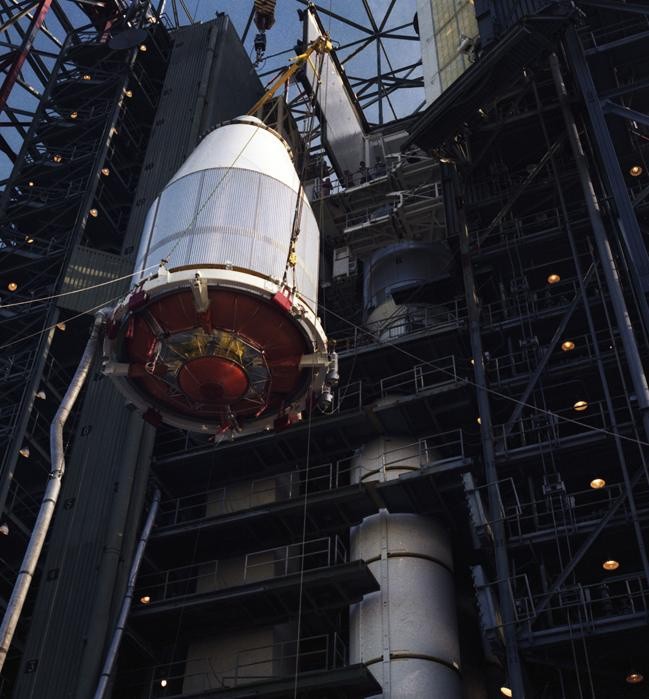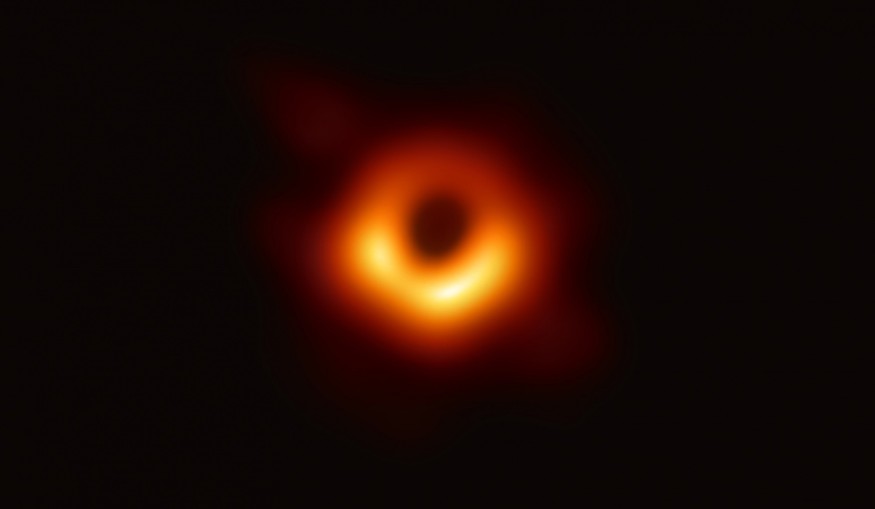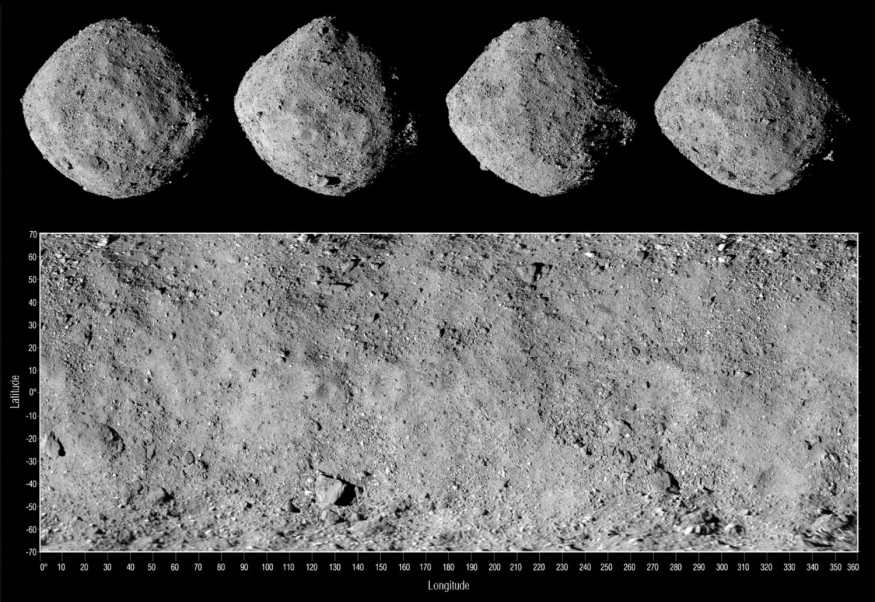The roaring twenties is an exciting decade for science. Various discoveries are being made from left and right in all fields may it be health, nanotechnology, biology, and physics. Humankind has come a long way in trying to understand nature and the universe. Before the year ends, let us review the shocking, heartbreaking, and most optimistic science news stories of the decade.
HIV PREVENTIVE TREATMENT
According to the World Health Organization, HIV/AIDS continues to be a serious public health issue with approximately 32 million people infected and an additional 3.9 million are diagnosed all over the world. A proposed cure was introduced back in 2012 called Truvada which was approved by the US Food and Drug Administration. By 2019, a company called American Gene Technologists proposed a new drug that can completely eradicate HIV/AIDS with the AGT 103-T which is still under review (READ: A Medical Breakthrough: Cure for HIV/AIDS Now in Development.)
Completely eradicating HIV/AIDS will still need additional years or even decades especially since a lot of diagnosed and infected patients don't have access to these medications but this decade opened up the possibility of the virus be defeated.
HIGGS BOSON DISCOVERY
Back in 2012, the world woke up to the news that the experiments were done at the Large Hadron Collider were able to produce a breakthrough: the Higgs boson particle was found. Prior to its discovery, particle physicists theorized how the fundamental particles and forces of nature work and they even developed a theoretical framework for it: the Standard Model. In the Standard Model, physicists stated that there is a quantum field responsible for 'giving' particles their masses. This field, as they call it, is the Higgs field and the particle associated with it is the Higgs boson.
With the discovery of the "God particle", the theory has not only been proven but also gave way to more discoveries regarding Higgs boson particles that contain Higgs boson particles with heavier mass (READ: Could Large Hadron Collider Discovery Be Something Else? Researchers Look to Techni-Higgs Particles).
VOYAGER SPACECRAFT REACHED THE INTERSTELLAR BOUNDARY

The Voyager 1 and 2 spacecraft spent 35 and 40 years, respectively, trekking the solar system sending back images of planets and moons to astronomers back on Earth. By 2012, Voyager 1 was able to go where no one has ever gone before: beyond the solar system. Voyager 1 was able to send signals and hints that a heliosphere may be existing. Fast forward to six years later, Voyager 2 was able to traverse the interstellar boundary of the solar system and confirmed the presence of the heliosphere.
Both spacecraft were launched in 1977 with the goal of studying the outer planets of the solar system. Voyager 2 was launched 16 days prior to Voyager 1 but it reached the interstellar boundary six years after its twin (READ: Voyager 2 Successfully Reaches the Interstellar Boundary)
FIRST PHOTO OF A BLACK HOLE

In our minds, when we think of the black hole, it is literally a hole that sucks everything around it in which nothing can survive. That's true, in some aspects. According to the National Aeronautics and Space Administration (NASA), black holes are dense compact objects with a gravitational pull that can suck in light. Black holes can pull objects that are only near it. Also, black holes are not empty voids in the universe. They contain matter that is heavily compressed by gravity.
This year, astronomers were able to capture an image of the black hole for the first time. The black hole was situated at the center of the Messier 87 galaxy -- a galaxy as wide as our solar system (READ: Black Hole Captured!)
BIRD MIGRATION IS NOW AFFECTED BY CLIMATE CHANGE
As temperatures continue to rise, the climate becomes erratic and this creates changes in the migratory patterns in birds. Birds migrate during the colder seasons to warm places where there is an abundant source of food and materials that can help in creating nests. Unfortunately, the erratic climate makes birds migrate earlier than scheduled. At first, the phenomenon was only observed in limited areas in the United States but a recent study done by a group of scientists discovered that this phenomenon is now experienced on a continental level (READ: Migration Pattern of Birds Are Getting Disrupted By Climate Change on a Continental Scale.)
AMAZON FIRES A RESULT OF WIDESPREAD DEFORESTATION
The world was shocked by the news of the Amazon rainforest burning. The world's largest rainforest suffered a hectares-long fire in an attempt to convert forested lands to agricultural plantations. All fingers are pointing to Brazil's right-wing president Jair Bolsonaro as he continues to be aggressively hostile towards Brazil's existing environmental policies, making may for corporations to clear out areas in the rainforest and violate the rights of indigenous people living within (READ: Amazon Rainforest Worst Decade: An Overview of the Crisis).
THE MARS MISSIONS
Mankind's thirst for understanding the universe and curiosity brought wonders in the field of astronomy. Scientists have their eyes on Mars for quite a long time and are very keen on visiting the Red Planet. Since most of the Martial characteristics are still vague, NASA developed missions to Mars wherein the agency will send out rovers and spacecraft to the Red Planet in order for humans to get a glimpse of our planetary neighbor. The first spacecraft were unsuccessful but everything changed when NASA launched two game-changing robotic geologists named Spirit and Opportunity.
These two spacecraft landed on the opposite sides of the Red Planet and were able to conduct field geology and atmospheric testing and most importantly, found evidence that water once roamed the otherwise dry planet. Opportunity was able to outlast Spirit and stayed on the Martian landscape for 15 years.
Aside from Spirit and Opportunity, NASA launched the Mars Reconnaissance Orbiter, the Curiosity rover, and the MAVEN spacecraft.
ASTEROID BENNU

Asteroid Bennu may seem like the other asteroids from the asteroid belt but it is actually a relic from the solar system's younger days. What's more interesting about it is that since asteroid Bennu broke off from a larger carbon-rich asteroid, it may contain organic molecules similar to those who gave way for life to flourish on Earth. Scientists are set to explore asteroid Bennu with the spacecraft called OSIRIS-REx which will collect samples from the asteroid's largest crater named Nightingale.
© 2026 ScienceTimes.com All rights reserved. Do not reproduce without permission. The window to the world of Science Times.










